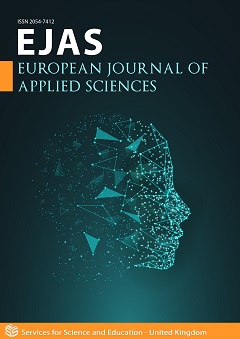Antibiogram and Multidrug Resistance Pattern of Staphylococcus aureus from a Private Diagnostic Laboratory
DOI:
https://doi.org/10.14738/aivp.102.11840Keywords:
Antibiogram, Antibiotics, Resistance, Staphylococcus aureusAbstract
Multidrug-resistant Staphylococcus aureus have emerged as a major clinical and therapeutic dilemma in hospitals in Nigeria. To describe the prevalence of infections attributable to multidrug-resistant Staphylococcus aureus among patients at a private Diagnostic Laboratory in Rivers State of Nigeria. Isolates were collected and sub-cultured in the Medical Microbiology Laboratory of the University of Port Harcourt. Bacterial isolates were identified using standard microbiological methods. Fifty (50) target organisms (Staphylococcus aureus) were isolated from different clinical sources were identified. Of these isolates 38% and 62% were recovered from male and female patients respectively. The largest proportions of patients were from age-group 21-30 years (47.5%) followed by 31-40 years (18.2%). The decreasing order of isolates sources ranged from urine 16(32%), HVS 12(24%), Ear 6(12%), Hair 6(6%) and Toe 5(10%). The isolates showed high resistance to Cefoxiitin (FOX), Ceftazidime (100%), Ciprofloxacin (100%), Cefolaxime (100%), Cloxacillin (100%), gentamicin (12%) and erythromycin (36.8%). The average multi-drug resistance was 100% ranging from all the isolates. Staphylococcus aureus infections caused by multi-drug resistant, (isolates resistant to at least one agent in three or more antibiotic classes) Staphylococcus aureus among Patient. To prevent further emergence and spread of MDR Staphylococcus aureus, rational use of antibiotics and regular monitoring of antimicrobial resistance patterns are essential and mandatory.
Downloads
Published
How to Cite
Issue
Section
License
Copyright (c) 2022 Obakpororo Ejiro Agbagwa, Chukwuemeka Joy Chineye, Selepiri Jemina Horsefall

This work is licensed under a Creative Commons Attribution 4.0 International License.






